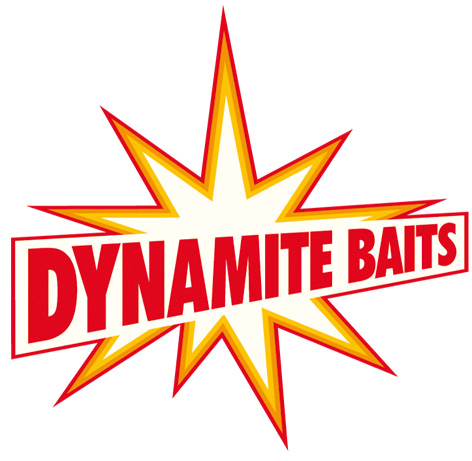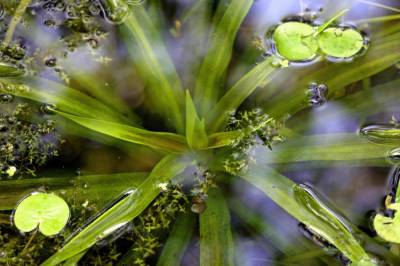Aquatic
soldiers, Stratiotes aloides (Hydrocharitaceae), are floating plants that form often
wide plantations in river bays, floodplain lakes and ponds. In addition,
according to numerous faunistic studies, epiphytic and mining invertabrates of
22-33 taxa inhabit rosettes of S. aloides.
For more
information, see:
Aquatic plants and zoophytos:
aqautic soldiers (Stratiotes aloides)
These field data allow to make an assumption that S.
aloides can be used in the capacity of fishing groundbait.
For one session, 4 samples of soldiers (about 0,5 kg each) were washed off in the
plastic tank using the small water gun and 2 liters of river water. This washout
was passed through the 2 mm mesh to separate large invertebrates. To prevent
the eliminating of endangered Aeshna
viridis (Odonata), all dragonfly larvae were returned to the
water. Then the remaining bouillon was passed through the 300 μm mesh. Finally, rough and fine residues were moved into the 2 liter plastic pail, in which they
were squashed carefully with 2-3 fresh leaves of soldiers.
The final fresh squash, with general name Zoophytos Soldier Omniblend, had the following structure:
1) plant tissues (both pure and infected
with the mining Chironomidae larvae)
2) epiphytic invertebrates (with the
dominance of Mollusca, chiefly Lymnaea truncatula, on biomass)
3) epiphytic algae & fungi
4) detritus
5)
bottom sediments from the soldier roots (because plants were gathered at small, 30-50 cm, depth).
The
concentratation of 2-5 ingredients was no less than 10 gr per 100 gr of
squashed leaves.
This squash
were compared in the field with commercial groundbaits Dynamite Silver X (8 original mixes) based on sweet biscuit, ground seeds, crushed hemp and other
ingredients.

The method
to compare the two clay balls was used:
On the attractivity of Robin Red
Carp Pellets produced by Dynamite Baits Company: myth is myth
Juvenile
roach, Rutilus rutilus, were used as
model fish.
In brief,
100 gr balls with commercial groundbaits contained 90 gr of pure clay and 10 gr (dry
weight) of Silver X. They were paired with balls contained 90 gr of pure clay and 10 gr (fresh
weight) of zoophytos soldier squash. Allowed to select, roach ignored balls with
Silver X (8 mixes) in all cases (sign test, n = 10 per session, p < 0,001).
According to our practices for years, this squash are strong for fish of many families (Cyprinidae, Cottidae, Siluridae, Ictaluridae, etc.) and beats any commercial groundbaits.
There is the decline during last decades of S. aloides in Europe
due to eutrophication and environmental stresses. Described method to use
macrozoophytos of S. aloides allows
to save these plants and save endangered
A. viridis.





